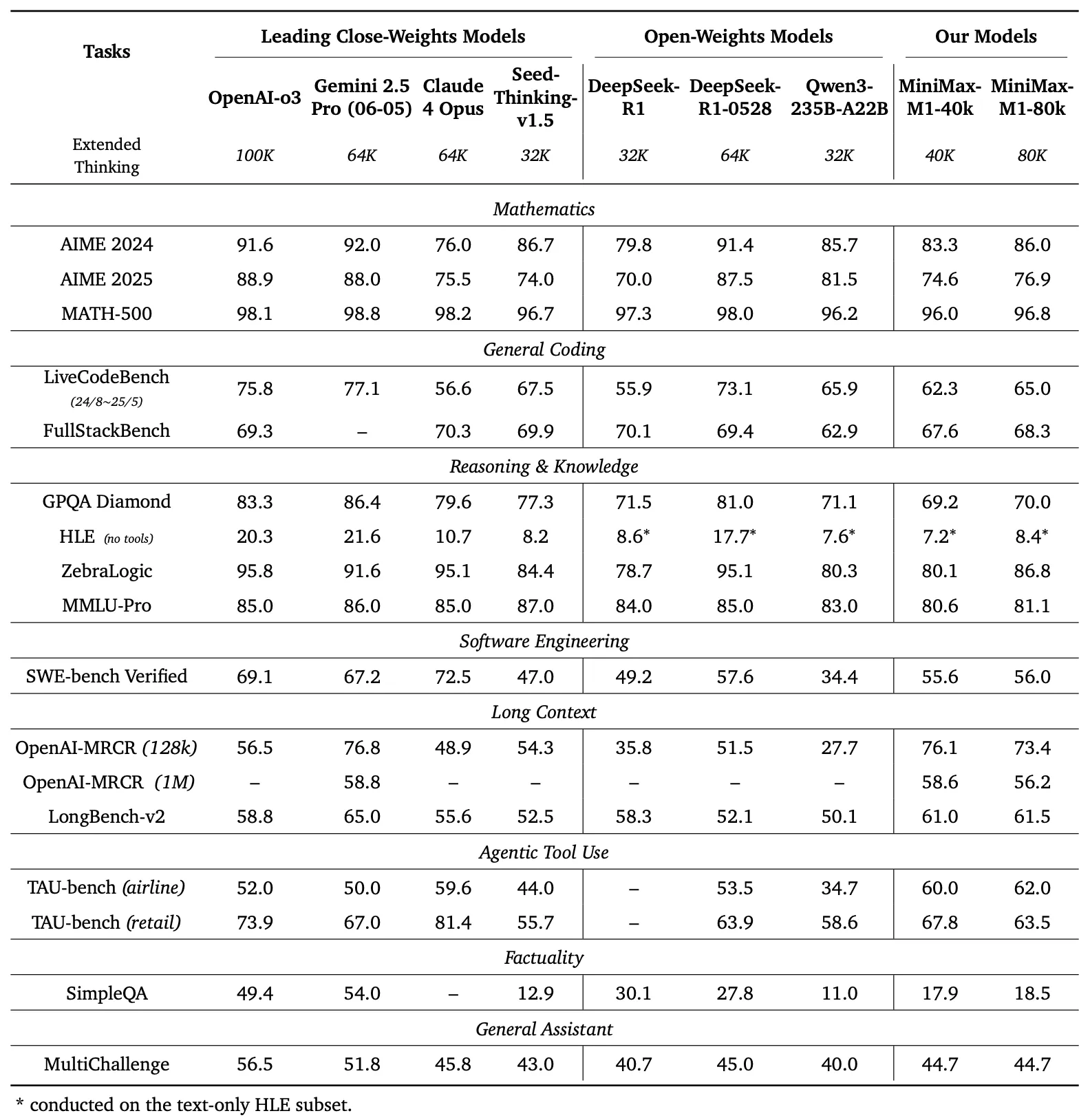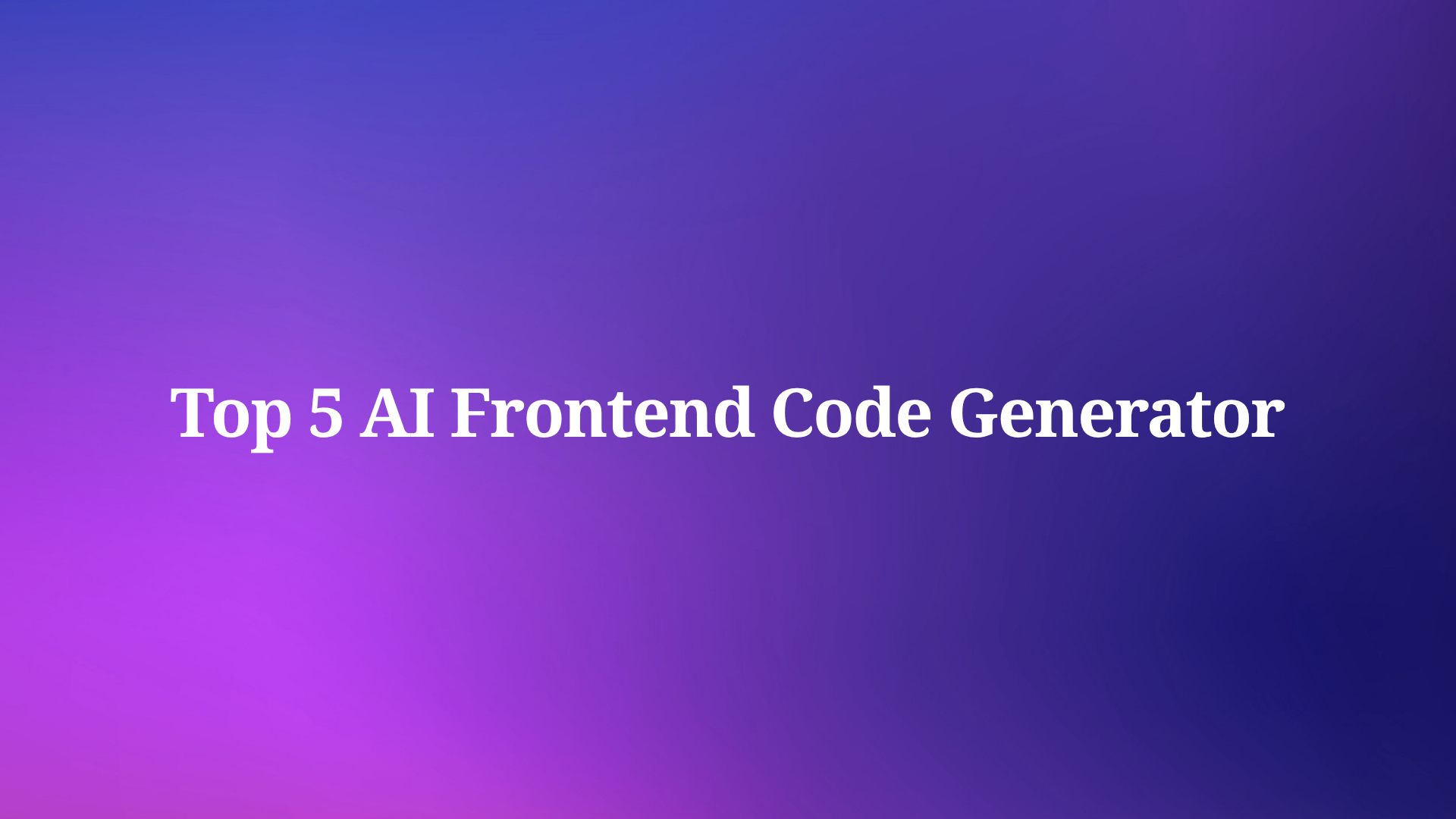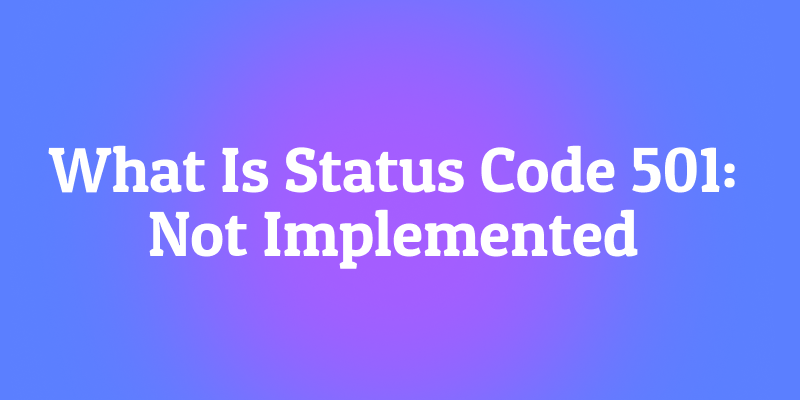The field of artificial intelligence continues to evolve rapidly, bringing forth innovative models that redefine computational boundaries. Among these advancements, MiniMax-M1 emerges as a groundbreaking development, marking its place as the world’s first open-weight, large-scale hybrid-attention reasoning model. Developed by MiniMax, this model promises to transform how we approach complex reasoning tasks, offering an impressive 1 million-token input and 80,000-token output context window.
Understanding the Core Architecture of MiniMax-M1
MiniMax-M1 stands out due to its unique hybrid Mixture-of-Experts (MoE) architecture, combined with a lightning-fast attention mechanism. This design builds upon the foundation laid by its predecessor, MiniMax-Text-01, which features a staggering 456 billion parameters, with 45.9 billion activated per token. The MoE approach allows the model to activate only a subset of its parameters based on the input, optimizing computational efficiency and enabling scalability. Meanwhile, the hybrid-attention mechanism enhances the model’s ability to process long-context data, making it ideal for tasks requiring deep understanding over extended sequences.

The integration of these components results in a model that balances performance and resource usage effectively. By selectively engaging experts within the MoE framework, MiniMax-M1 reduces the computational overhead typically associated with large-scale models. Furthermore, the lightning attention mechanism accelerates the processing of attention weights, ensuring that the model maintains high throughput even with its expansive context window.
Training Efficiency: The Role of Reinforcement Learning
One of the most remarkable aspects of MiniMax-M1 is its training process, which leverages large-scale reinforcement learning (RL) at an unprecedented efficiency. The model was trained at a cost of just $534,700, a figure that underscores the innovative RL scaling framework developed by MiniMax. This framework introduces CISPO (Clipped Importance Sampling with Policy Optimization), a novel algorithm that clips importance sampling weights instead of token updates. This approach outperforms traditional RL variants, providing a more stable and efficient training process.

Additionally, the hybrid-attention design plays a crucial role in enhancing RL efficiency. By addressing unique challenges associated with scaling RL within a hybrid architecture, MiniMax-M1 achieves a level of performance that rivals closed-weight models, despite its open-source nature. This training methodology not only reduces costs but also sets a new benchmark for developing high-performing AI models with limited resources.
Performance Metrics: Benchmarking MiniMax-M1
To evaluate MiniMax-M1’s capabilities, developers conducted extensive benchmarks across a range of tasks, including competition-level mathematics, coding, software engineering, agentic tool use, and long-context understanding. The results highlight the model’s superiority over other open-weight models such as DeepSeek-R1 and Qwen3-235B-A22B.

Benchmark Comparison
The left panel of Figure 1 compares MiniMax-M1’s performance against leading commercial and open-weight models across several benchmarks

- AIME 2024: MiniMax-M1 achieves an accuracy of 86.0%, surpassing OpenAI o3 (88.0%) and Claude 4 Opus (80.0%), demonstrating its prowess in mathematical reasoning.
- LiveCodeBench: With a score of 65.0%, MiniMax-M1 outperforms DeepSeek-R1-0528 (56.0%) and matches the performance of Seed-Thinking v1.5 (65.0%), indicating strong coding capabilities.
- SW-E Bench Verified: The model scores 62.8%, outpacing Qwen3-235B-A22B (60.0%) in software engineering tasks.
- TAU-bench: MiniMax-M1 records 73.4% accuracy, exceeding Gemini 2.5 Pro (70.0%) in agentic tool use.
- MRCR (4-needle): With 74.4% accuracy, it leads over other models in long-context understanding tasks.
These results underscore MiniMax-M1’s versatility and its ability to compete with proprietary models, making it a valuable asset for open-source communities.

MiniMax-M1 demonstrates a linear increase in FLOPs (Floating Point Operations) as the generation length extends from 32k to 128k tokens. This scalability ensures that the model maintains efficiency and performance even with extended outputs, a critical factor for applications requiring detailed and lengthy responses.
Long-Context Reasoning: A New Frontier
MiniMax-M1’s most distinctive feature is its ultra-long context window, supporting up to 1 million input tokens and 80,000 output tokens. This capability allows the model to process vast amounts of data—equivalent to an entire novel or a series of books—in a single pass, far exceeding the 128,000-token limit of models like OpenAI’s GPT-4. The model offers two inference modes—40k and 80k thought budgets—catering to diverse scenario needs and enabling flexible deployment.

This extended context window enhances the model’s performance in long-context tasks, such as summarizing lengthy documents, conducting multi-turn conversations, or analyzing complex datasets. By retaining contextual information over millions of tokens, MiniMax-M1 provides a robust foundation for applications in research, legal analysis, and content generation, where maintaining coherence over long sequences is paramount.
Agentic Tool Use and Practical Applications
Beyond its impressive context window, MiniMax-M1 excels in agentic tool use, a domain where AI models interact with external tools to solve problems. The model’s ability to integrate with platforms like MiniMax Chat and generate functional web applications—such as typing speed tests and maze generators—demonstrates its practical utility. These applications, built with minimal setup and no plugins, showcase the model’s capacity to produce production-ready code.

For instance, the model can generate a clean, functional web app to track words per minute (WPM) in real-time or create a visually appealing maze generator with A* algorithm visualization. Such capabilities position MiniMax-M1 as a powerful tool for developers seeking to automate software development workflows or create interactive user experiences.
Open-Source Accessibility and Community Impact
MiniMax-M1’s release under the Apache 2.0 license marks a significant milestone for the open-source community. Available on GitHub and Hugging Face, the model invites developers, researchers, and businesses to explore, modify, and deploy it without proprietary constraints. This openness fosters innovation, enabling the creation of custom solutions tailored to specific needs.
The model’s accessibility also democratizes access to advanced AI technology, allowing smaller organizations and independent developers to compete with larger entities. By providing detailed documentation and a tech report, MiniMax ensures that users can replicate and extend the model’s capabilities, further accelerating advancements in the AI ecosystem.
Technical Implementation: Deployment and Optimization
Deploying MiniMax-M1 requires careful consideration of computational resources and optimization techniques. The tech report recommends using vLLM (Virtual Large Language Model) for production deployment, which optimizes inference speed and memory usage. This tool leverages the model’s hybrid architecture to distribute computational load efficiently, ensuring smooth operation even with large-scale inputs.
Developers can fine-tune MiniMax-M1 for specific tasks by adjusting the thought budget (40k or 80k) based on their requirements. Additionally, the model’s efficient RL training framework allows for further customization through reinforcement learning, enabling adaptation to niche applications such as real-time translation or automated customer support.
Conclusion: Embracing the MiniMax-M1 Revolution
MiniMax-M1 represents a significant leap forward in the realm of open-weight, large-scale hybrid-attention reasoning models. Its impressive context window, efficient training process, and superior benchmark performance position it as a leader in the AI landscape. By offering this technology as an open-source resource, MiniMax empowers developers and researchers to explore new possibilities, from advanced software engineering to long-context analysis.
As the AI community continues to grow, MiniMax-M1 serves as a testament to the power of innovation and collaboration. For those ready to explore its potential, downloading Apidog for free offers a practical entry point to experiment with this transformative model. The journey with MiniMax-M1 is just beginning, and its impact will undoubtedly shape the future of artificial intelligence.




